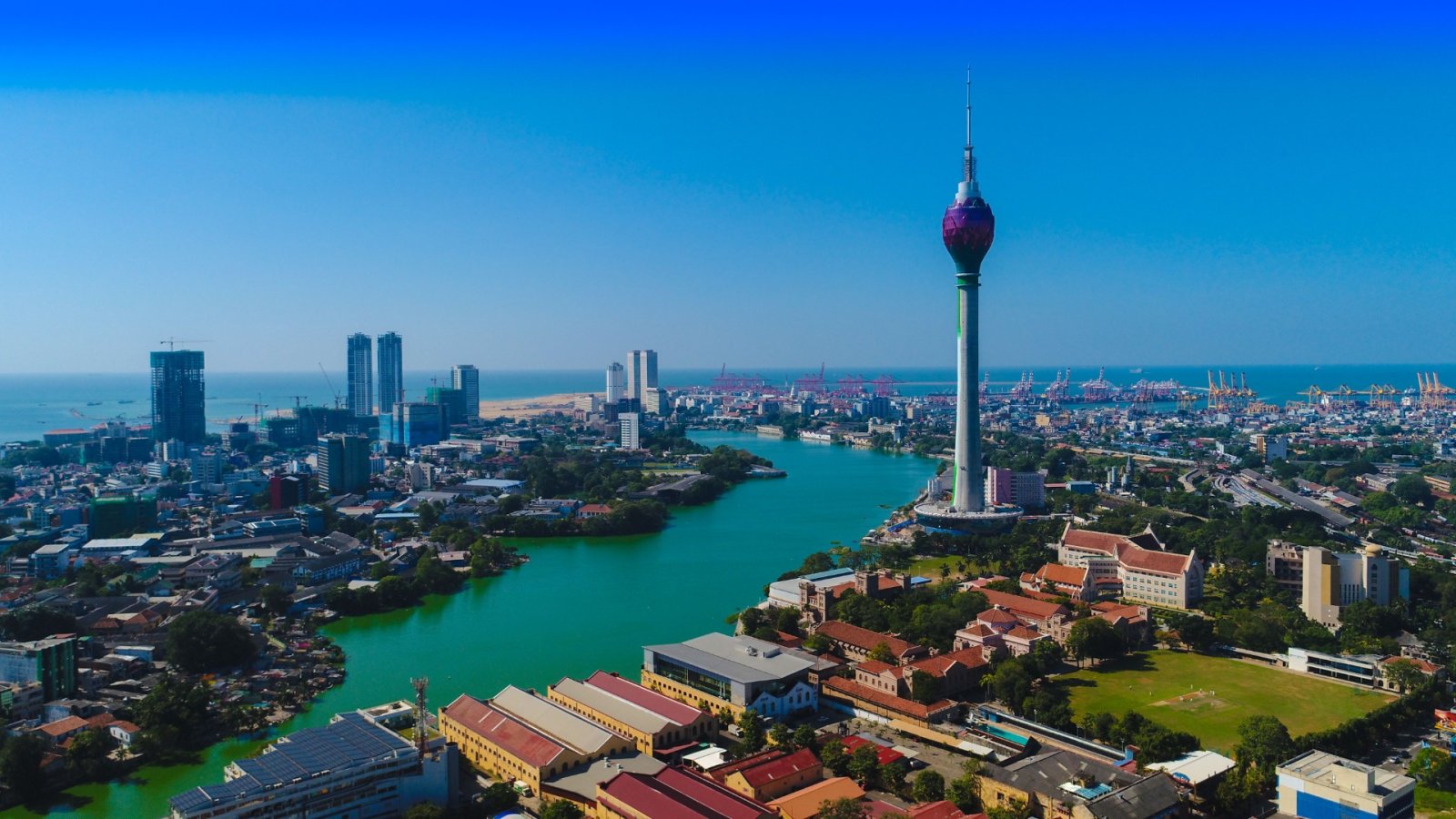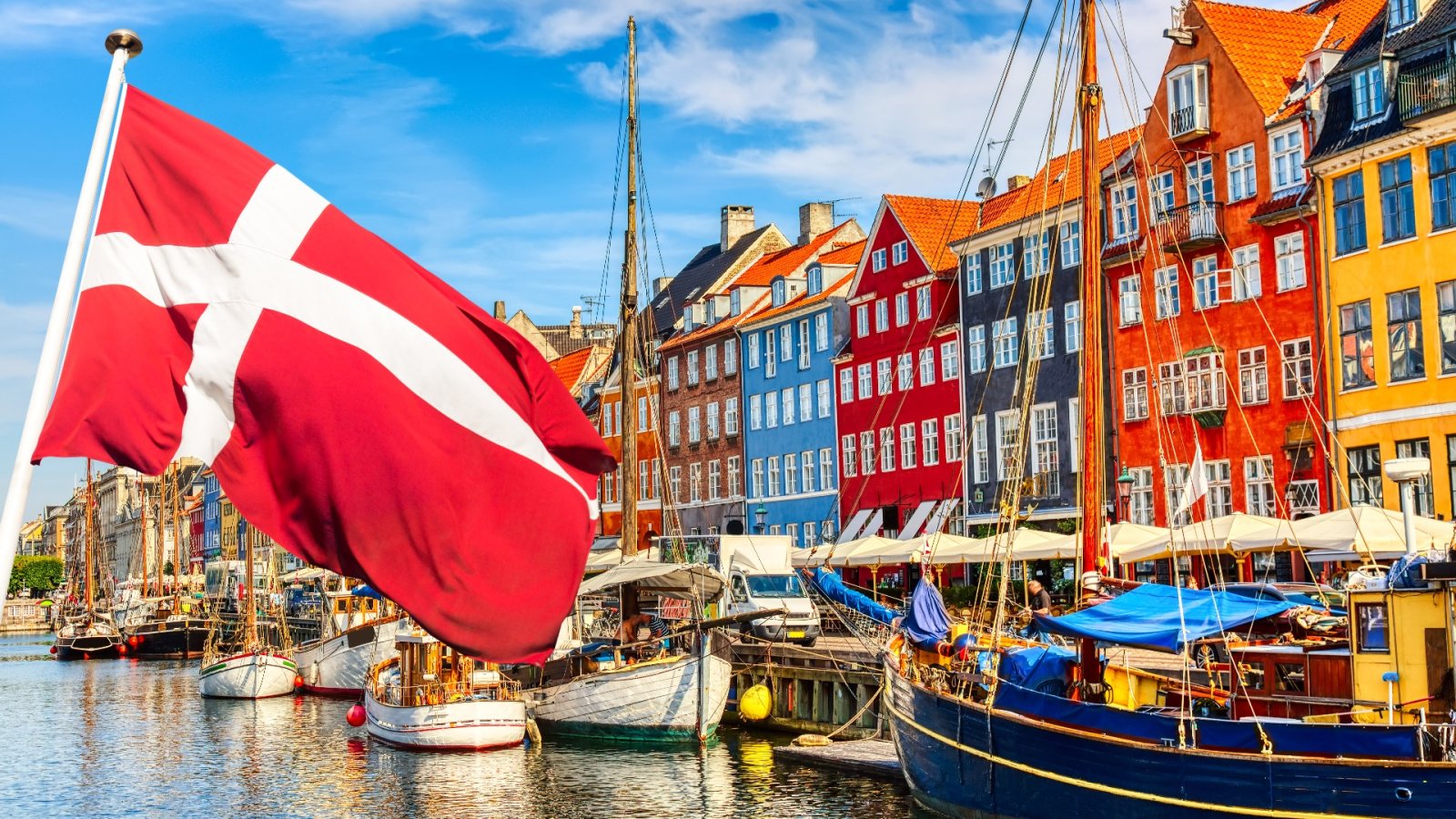Imagine you’re in a luxurious apartment building located on the top floor of an old concrete grain silo in northern Copenhagen. Despite being an outdated structure that should have been demolished, the silo underwent a renovation in 2017 and was transformed into a 38-unit luxury apartment building. It now stands tall among the low-rise city, showcasing a sleek and modern design.
The exterior of the building features a steel wrap around its concrete core, with angular balconies protruding at regular intervals, giving it a unique and modern aesthetic. On the 17th floor, encased in floor-to-ceiling windows, you can enjoy a nice dinner at the Restaurant Silo. Each table here has binoculars placed next to the salt and pepper shakers, allowing visitors to have a panoramic view of the city of 2 million people while they eat. Sounds good? Well, you can also enjoy a traditional open-faced sandwich while admiring the surroundings.
The parking garage of the adjacent building has a gym with pull-up bars and trampolines on its roof, and just behind that are two more former silos known as the Portland Towers, which are now ultra-modern, eco-certified office buildings. Stylish redbrick apartment blocks line a concrete boardwalk around Nordhavn Bassin, an old shipping bay that has been transformed into a sort of urban beach and swimming hole. The design firm COBE, who designed it, has the offices a few blocks away, next to the city’s largest primary school made sustainable with solar panels.
All of these modern and innovative structures are located in the district of Nordhavn. None of them existed a few years ago! But for more than a century, Nordhavn was a key harbor for international goods. Today, it has become a futuristic neighborhood that serves as a global model for innovation in architecture, design, and urban recreation. Copenhagen has been undergoing a renaissance for some time now, but certain areas of the port city continue to reinvent themselves at a rapid pace, pushing the boundaries of innovation faster than anywhere else on the continent.
This makes the Danish capital one of the world's most exciting cities to see in action, with architects redefining sustainable design, musicians creating extravagant multi-sensory experiences, and chefs building urban gardens and promoting local food more creatively than anywhere else on the planet. The reason for the nonstop innovation is the exploding population, as a 20 percent growth is expected by 2025. Because of that, Copenhagen, which is located on a small island, has been looking for new land for decades, and Nordhavn is one of three districts now rising from the ashes of old manufacturing zones.
The other two are Refshaleøen and Carlsberg City District, a new area that sprang up in the wake of Carlsberg Brewery relocating its beer production in 2008. The area’s pretty impressive and cool to spend your holidays in and discover the storage buildings, creative facades, and enormous beer caps.
A block away, you will find the Elephant Tower, a lavish former entrance gate flanked by four life-size pachyderms sculpted out of granite, which is definitely worth a visit.
But this area was not open to the public until 2009. Development company Carlsberg Byen led the transformation of the brewery complex into a sustainable city district with bars and restaurants with adjoining gardens, energy-efficient offices and apartment buildings, and hotels, all in an effort to achieve Copenhagen's ambitious goal of becoming the world's first carbon-neutral capital by 2025. The brick historic buildings have been mixed with modern steel ones. However, the expensive redevelopment project is only one-third complete, with much more to come before it's fully open.
If you decide to visit Refshaleøen, you should know that it has undergone a rapid transformation in recent years. From 1872 to 1996, it was one of the largest shipyards in Europe, but after a decade of being closed, it is now quickly becoming known as one of Copenhagen's most exciting neighborhoods. Today, you can enjoy here the most popular food market, lively music festivals, swimming zones, and open spaces that seem to inspire creativity.
In 2018, one of the world's most renowned restaurants, Noma, moved here, where chef René Redzepi created an urban farm. What’s more, one of the most highly-anticipated restaurants will utilize the core of an old warehouse for its space. The same warehouse now houses the art gallery Copenhagen Contemporary and the craft brewery Broaden & Build






